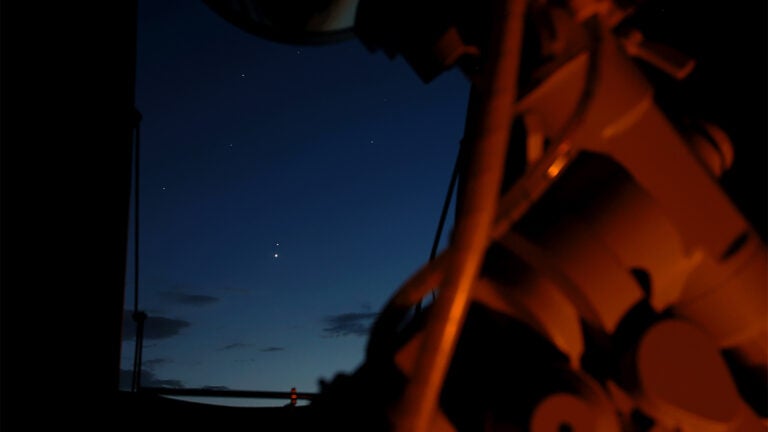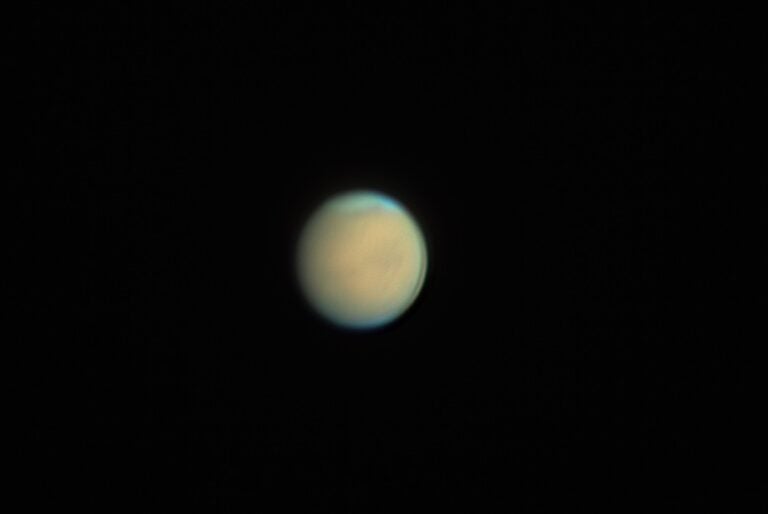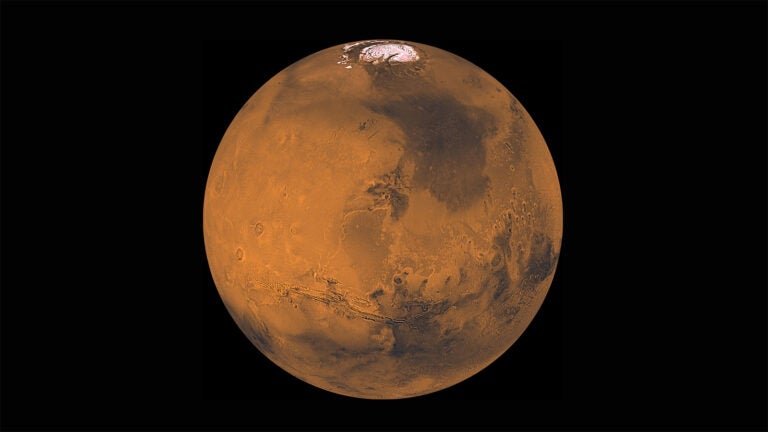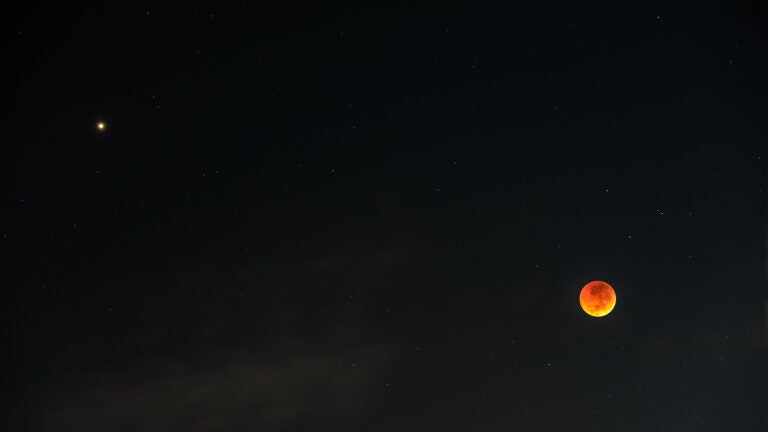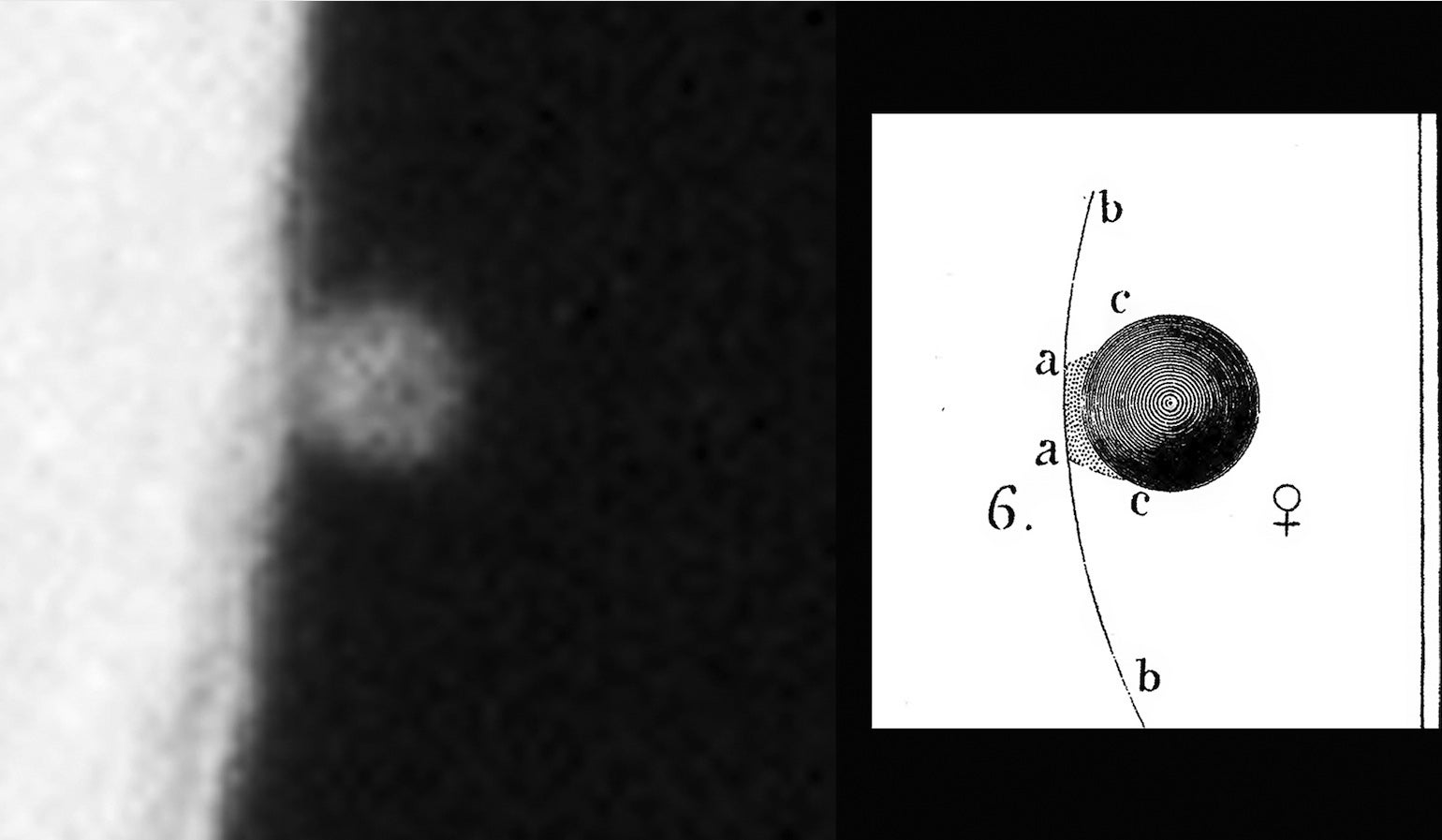
In some planetary observations, imperfect seeing can be a perfect companion.
Let me clarify. Some of the most baffling planetary observations over the past century and more have turned out to be illusions created largely by imperfections in Earth’s atmosphere. While these effects are illusory, observers today enjoy scouting them out. It can be not only fun but also enlightening, especially if you’re fascinated by the extent to which the eye and other optical systems can be fooled. Despite centuries of study, these optical phenomena continue to manifest in new and unforeseen ways.
One of the most enduring of these optical effects is the black-drop effect — the way Mercury and Venus appear to bulge like a teardrop whenever their silhouettes touch the inside limb of the Sun at second or third contact during a transit.
This effect confounded the many observers of the 1761 transit of Venus. Among them was Swedish chemist and naturalist Thobern Bergman, who studied the event using a 21-foot focal-length telescope at Uppsala Observatory. In a letter published in Philosophical Transactions of the Royal Society, Bergman reported “some unexpected phenomena,” including what we now know as the black drop: “Regarding the interior contact, the limb of Venus did not separate immediately from the Sun’s inner limb; but not unlike two drops of water, separated from each other, form a bond, so also a black tubercle extended from Venus to the edge of the Sun.”
Other flavors of black drops
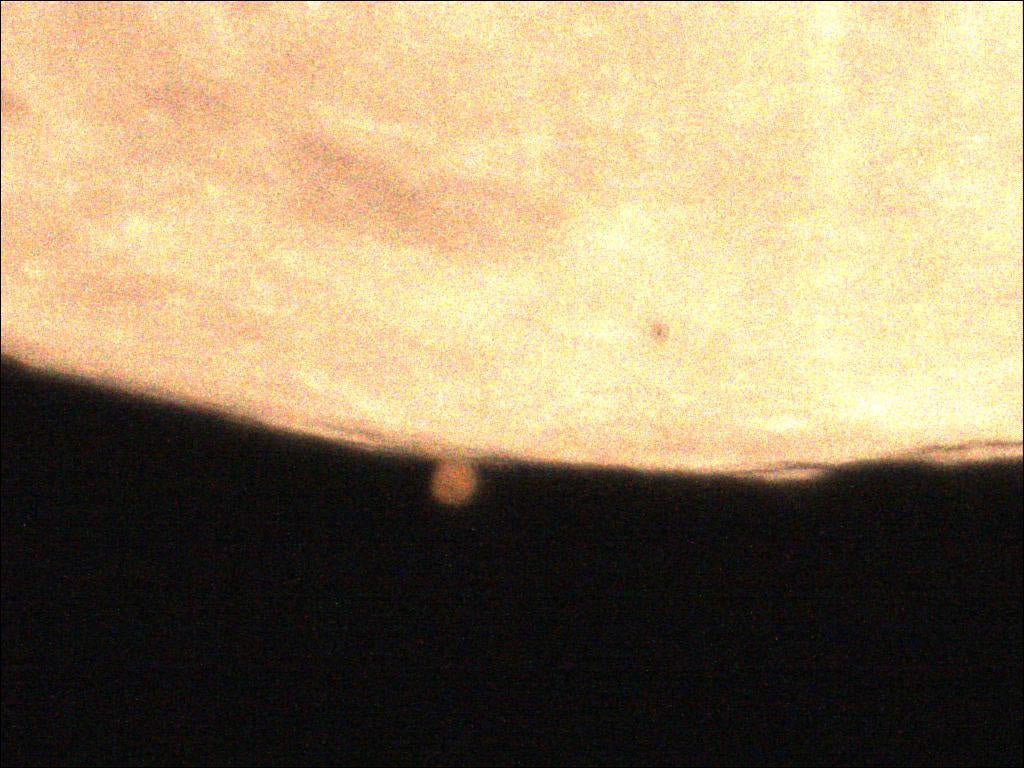
Black-drop effects can also appear in other scenarios on the fringes of light and shadow. In this column in January 2018, I wrote about black-drop effects that appear with sunspots during a solar eclipse. And in March 2020, I shared a lunar black-drop effect that appears when the Moon is less than one day from New; multiple black drops along the slender crescent give it a striped-pajama appearance.
Astronomers are still investigating these phenomena. Imperfect atmospheric seeing, which blurs observers’ views, is one cause, but it’s likely not the only one. Limb darkening — the way the Sun appears dimmer around its edges, where our line of sight does not penetrate as deeply into its hotter layers — and imperfections in a telescope’s optical system can combine to enhance the visual drama.
Now let’s look at something new, at least to my knowledge.
On the night of Dec. 7/8, 2022, the Full Moon occulted Mars, as seen from most of North America, northern Europe, and North Africa. From near Shreveport, Louisiana, Roy Parish witnessed a 95-percent occultation, which he imaged through a 4-inch Maksutov-Cassegrain and a QHY 5PII-C eyepiece camera. Parish published a series of images in the Jan. 1, 2023, issue of The Observer, the newsletter of the Shreveport-Bossier Astronomical Society. One of them captured my attention.
The image shows Mars skirting the Moon’s limb just prior to occultation, with a pale ligament of light bridging the minute gap between them — remarkably similar to Bergman’s rendering of the venusian black drop. Parish noted in an email that Mars was blurred due to poor atmospheric seeing, which helps explain the effect.
I am not aware of any published accounts of an “inverse black-drop effect” observed during a lunar occultation. If you know of an earlier account, let me know at sjomeara31@gmail.com. As always, keep me posted of any curious wonders you might have seen. To paraphrase the English author and playwright Eden Phillpotts in his 1918 novel A Shadow Passes, the universe is full of magical things, patiently waiting for our senses to grow sharper.




